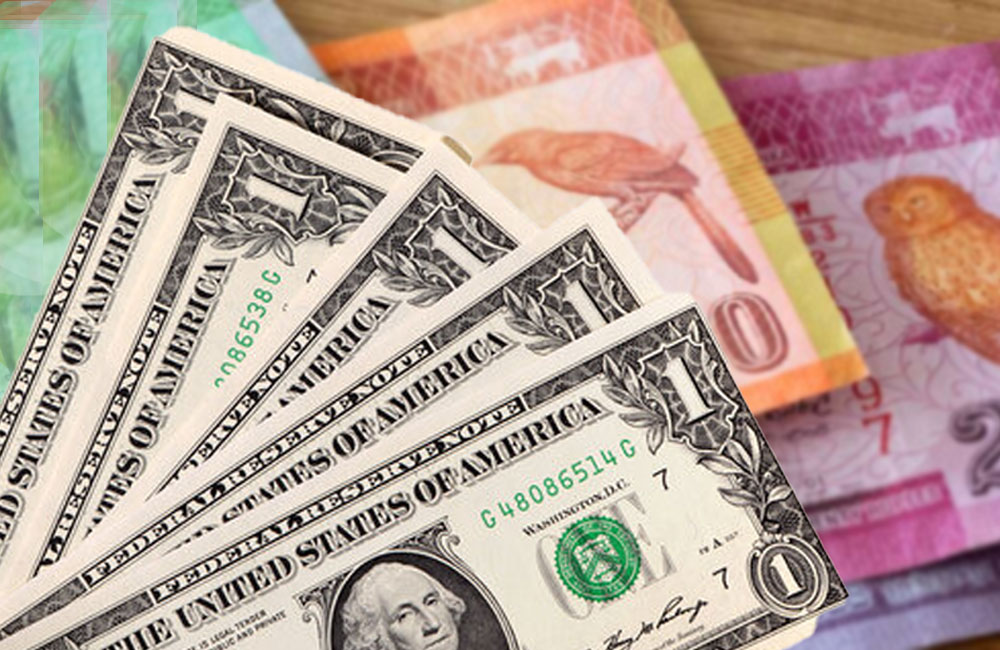Sri Lanka’s external sector appears resilient on the surface, but the underlying trends reveal a fragile balance that could unravel if poor governance and short-sighted policies persist.
Despite Central Bank data showing a year-to-date current account surplus and steady foreign reserves, growing import pressure, weak investment flows, and policy complacency threaten to derail the country’s 2025 foreign reserve target and potentially trigger another foreign exchange crisis.
During the first nine months of 2025, Sri Lanka’s current account recorded a surplus of 1.9 billion US dollars, an improvement of 29 percent from the same period last year.
The gain was mainly driven by stronger exports, a recovery in tourism, and a sharp rise in worker remittances. However, this momentum took a concerning turn in September when the country posted its first current account deficit of the year 183 million US dollars caused largely by surging vehicle imports.
Merchandise imports jumped by 24.5 percent year-on-year in September to reach 2.05 billion US dollars, while exports grew at a slower pace of 12.5 percent to 1.13 billion US dollars.
The result was a sharp widening of the trade deficit to 910 million US dollars, compared with 634 million US dollars a year earlier.
The Central Bank attributed this deterioration mainly to the sudden spike in vehicle imports, which totalled 286 million US dollars for the month and a staggering 1.2 billion US dollars during the first nine months of 2025.
Remittance inflows have been a critical stabilising factor. In September alone, remittances rose by 25 percent from a year earlier to 696 million US dollars, with the cumulative figure for the nine-month period reaching 5.8 billion US dollars, up 20 percent year-on-year.
Tourism too has contributed modestly to external inflows, bringing in 1.8 billion US dollars in September and 2.47 billion US dollars for the nine months, a 5.3 percent increase from the previous year. The services sector, although posting a mild 6 percent decline in September, maintained a moderate gain overall with total inflows of 2.85 billion US dollars.
These foreign inflows, combined with the Central Bank’s cautious management of external debt obligations, have kept gross official reserves at about 6.2 billion US dollars by end-September, including the currency swap arrangement with the People’s Bank of China.
Yet, beneath this stability, there are troubling signs. Foreign investors continued to exit the Colombo Stock Exchange, while inflows into government securities remained limited, reflecting persistent doubts about policy consistency and fiscal transparency.
Economists warn that the apparent strength of the external sector masks deep structural weaknesses.
The re-emergence of a trade deficit, a 3.9 percent depreciation of the rupee by end-October, and a surge in luxury imports point to familiar patterns that preceded the 2022 foreign exchange crisis. Many analysts argue that the government’s amateur handling of trade policy and its failure to maintain consistent macroeconomic discipline could once again leave the economy exposed to external shocks.
To prevent a repeat of past crises, Sri Lanka must treat the current external stability as an opportunity to build real resilience. This means curbing non-essential imports, improving export competitiveness, ensuring transparent fiscal management, and restoring investor confidence through predictable policies. Without such measures, the country’s fragile surplus could rapidly erode, leaving reserves vulnerable to another depletion cycle.
Sri Lanka’s external sector may look stable today, but complacency could turn that strength into illusion. The government must act decisively, not rhetorically, to consolidate its foreign reserves and protect the economy from sliding back into a familiar and costly foreign exchange crisis.

Leave your comments
Login to post a comment
Post comment as a guest